Homemade Pine Needle Cough Syrup
When you’re sick and coughing uncontrollably, you need a long-lasting cough suppression to help ease the symptoms and start to feel better. Reading the back of the over-the-counter medications can be troubling when you see the variety of chemicals used. For those who want to reduce using these compounds, finding a homemade cough syrup is tough. Most people have never heard of pine needle cough syrup, but the source may be in your backyard.
In the past few years, pine needle cough syrup has grown in popularity. Herbalists have used it for centuries as a way to alleviate post nasal drop and respiratory illnesses, but more and more people are giving it a try.
Why wouldn’t they? Pine needle cough syrup is natural and cheap. If you have all the ingredients and a pine tree, it’s free for you. It’s ideal for those who want to reduce exposure to chemicals.
Medicinal Benefits of Pine Needles
The best herbal remedies are from the plants, trees, and other natural things around us. The Earth provides for us. Pine needles from most species are edible and have medicinal properties. Not only do they have a lovely aromatic scent, but they’re also antibacterial and have pain relieving properties.
Pine needles, along with other conifer needles, are high in Vitamin C, so they’re great when you’re sick. You can use them as an expectorant for coughs and relieving chest congestions. Pine needle tea, mixed with a bit of honey, is excellent for soothing a dry, scratchy throat.
Which Pine Needles are Safe?
When foraging anything, you need to make sure you know what you can safely hunt. It’s only effective and safe if you forage correctly.
Besides pine, other conifer needles work to make pine needle cough syrup as well. You can use spruce, fir, and hemlock. Make sure you’re using the coniferous hemlock tree not the toxic plant. If you’re pregnant, avoid using the needles from a Ponderosa Pine.
Pine trees are native to the northern hemisphere, and there are so many different varieties. You don’t know what type might be in your backyard or nearby your home! Pine trees are distinguished from other conifers by their needles. Most come in clusters of one to six. Pines have long needles, but certain varieties have shorter needles.
Ingredients for Pine Needle Cough Syrup
You don’t need any complex ingredients for this cough syrup!
- ¼ cup fresh pine needles – preferably from the Eastern White Pine
- ½ cup filtered water
- ½ cup raw honey
How to Make Pine Needle Cough Syrup
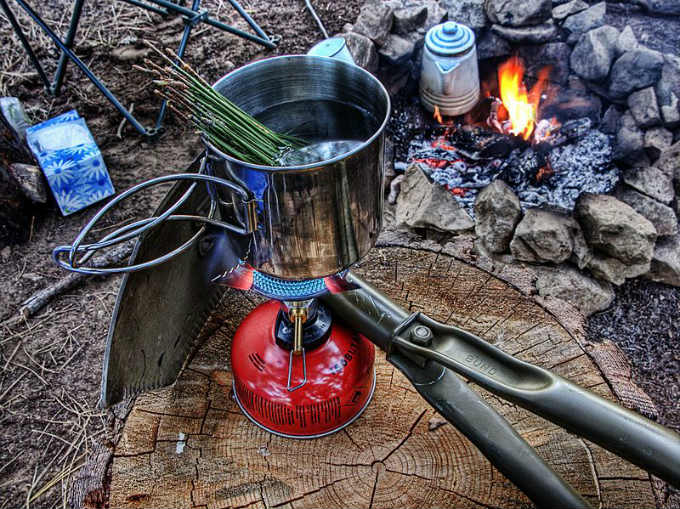
- Place the water and pine needles into a pot and bring it slowly to a rolling boil. The ingredients need to boil for 10 minutes or until the needles have turned brown. The water should be a green-yellow color.
- Strain out the needles from the water and put the water back into the pot.
- Add the honey into the pot and bring it back up to a gentle boil. Continue to boil the ingredients together until it develops into a syrup-like consistency.
- After you’ve reached the right consistency, transfer the liquid into a resealable glass jar and let cool.
- To use, take 1 or 2 teaspoons as needed to control your cough and soothe your throat.
- Refrigerate between uses.
Other Reasons to Use Pine Needle Cough Syrup
Wait until you see all these impressive facts and reasons to use pine needle syrup and tea.
- Pine needles have five times the concentration of vitamin C found in lemons.
- It can help with conditions like fatigue, heart disease, and varicose veins.
- Since it’s so high in vitamin C, it’s also an immune booster that helps to fight off illnesses and infections.
- Pine needles have high levels of vitamin A, which helps with your eyesight, improves red blood cell production, and contributes to hair and skin regeneration.
- It helps with depression, allergies, and high blood pressure.
- The needles contain antioxidants that help to reduce free radicals in your body.
Let’s not forget the remarkable benefits contributed by using raw honey, ideally from a local source. Honey is known for its throat-soothing qualities. It’s widely used as a productive cough suppressant. Raw honey also has antibacterial and anti-inflammatory properties that will help reduce the swelling and pain in your throat while combating any bacteria.
Try Pine Needle Tea As Well
Instead of making a cough syrup, you also can boil pine needles in water to create a pine needle tea. It is excellent for those times when your throat feels a bit sore, and you want to help relieve the discomfort.
All you have to do is put fresh pine needles into a pot of boiling water and let them boil for 10 to 15 minutes. Strain into your cup, sweeten with a bit of honey and let cool until you can safely drink the tea.
Other Ways to Use Pine Needles
Are you intrigued by making pine needle cough syrup? Who knew you were missing out for so many years on an excellent home remedy? You can use pine needles in a few other ways. Check these out!
Pine Needle Infused Vinegar
You can make a pine needle infused vinegar. Doing so preserves all of the vitamins found in fresh pine needles. Soak them in apple cider vinegar for six weeks. Fill up a wide-mouth jar with pine needles and add in room-temperature, pasteurized apple cider vinegar. Cover with a plastic lid, and you’ll end up with a homemade vinegar that has a similar taste to balsamic vinegar.
Pine Needle Cookies
Yes, don’t turn your nose up at this idea. It’s delicious. Pine needles are a great addition to fall or winter treats. You can make pine needle shortbread cookies or find other recipes that incorporate them.
Pine Needle Salve
Pine needles do have pain relieving properties as well as anti-inflammatory properties. You can use them to create a salve, especially since they’re antiseptic, antibacterial, and antifungal. Combine with other herbs or essential oils to create a headache salve or a salve used for sore muscles. You can even make a homemade chest rub!
 Home and Gardening Ideas At home and Gardening ideas we believe inspiring readers about homesteading, self sufficiency
Home and Gardening Ideas At home and Gardening ideas we believe inspiring readers about homesteading, self sufficiency
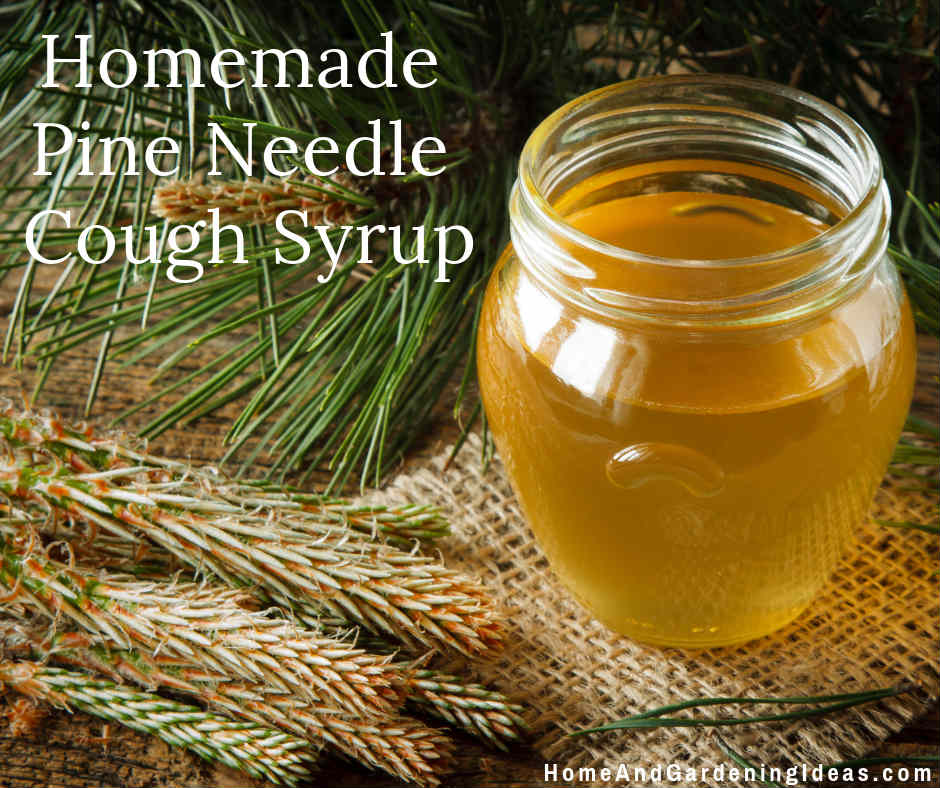
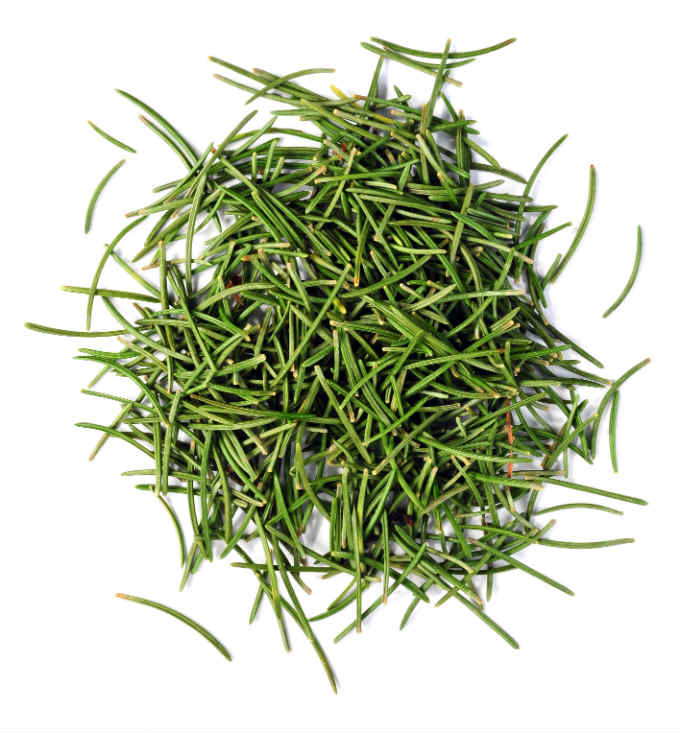
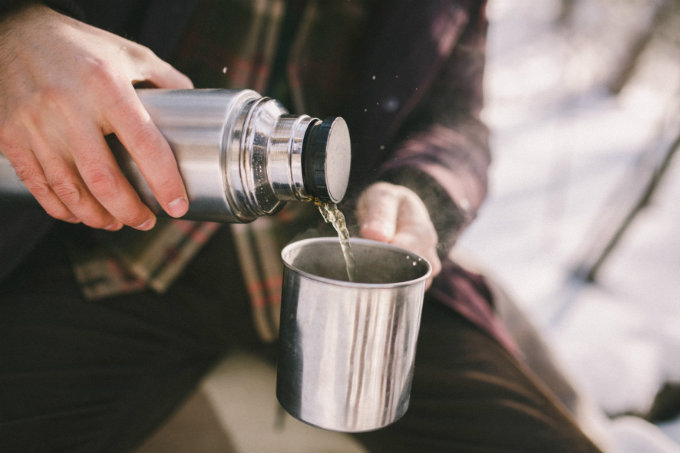

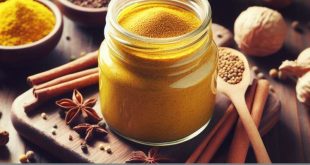


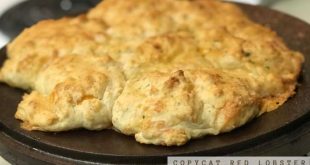
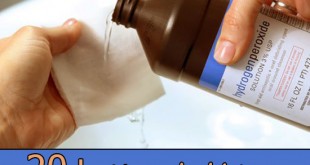
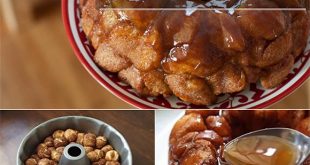
One comment
Pingback: Homemade Pine Needle Cough Syrup